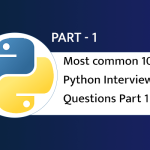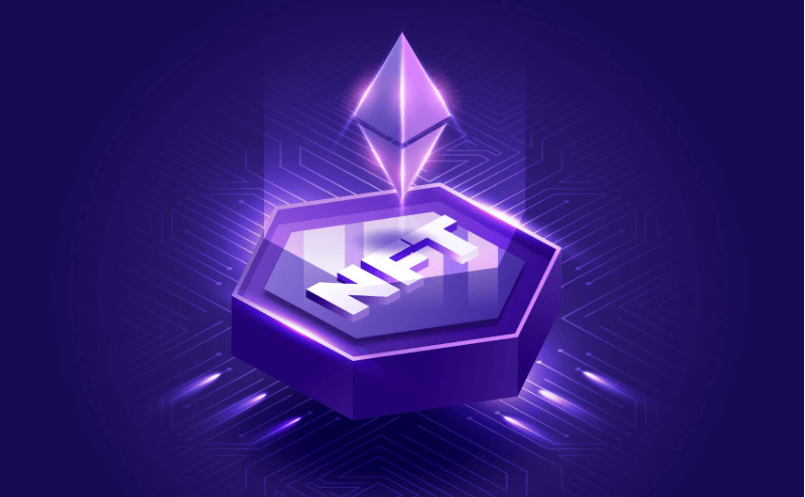Introduction
The growth of NFTs (Non-Fungible Tokens) has been a key factor in the enormous popularity of digital assets in recent years. The blockchain-powered NFT games are at the forefront of the revolution in digital assets. This article examines the world of NFT games, their creation, the effects they have on the gaming business, issues they raise, and the forecast for the future.
Recognizing NFT Games
A new class of video games called NFT games uses blockchain technology and NFTs to let users safely own, sell, and monetise in-game goods. NFT video games give players actual ownership and digital scarcity, in contrast to conventional video games. Due to the transparency and immutability provided by blockchain technology, participants can confirm the legitimacy and uniqueness of their assets. Popular NFT games include Decentraland, Axie Infinity, and CryptoKitties.
Attraction of NFT Games
The idea of exclusive ownership is one of the main draws of NFT games. In these games, players can acquire rare digital goods that are impossible to copy or forge, such as virtual real estate, characters, or items. This feature increases the scarcity and exclusivity of these assets, increasing their value and demand. Additionally, players can profit in the real world by reselling and trading their virtual goods on decentralized exchanges.
Decentralized finance (DeFi) components are also incorporated into NFT games, allowing players to take part in a variety of financial transactions within the game ecosystem. Through this connection, one can engage in lending and borrowing activities and even acquire a portion of in-game assets. A new breed of players wanting to experiment with cutting-edge methods of monetization and engagement has been drawn to the mixing of gaming and banking.
Development and Use of NFT Games
Making smart contracts is a necessary step in creating an NFT game because they specify the guidelines and attributes of the in-game items. On blockchain networks like Ethereum, these smart contracts are implemented, guaranteeing transparency, security, and interoperability. However, development of NFT games has its own set of hurdles, such as the requirement for skilled blockchain engineers, scalability issues, and user onboarding issues. Despite these obstacles, the market has seen a rise in the creation of NFT games, with creators experimenting with cutting-edge gameplay mechanisms and incorporating conventional gaming components.
The gaming industry has begun to accept NFT titles, both independent producers and well-known studios. Traditional game firms are becoming more interested in the market as they see how NFTs can improve user experiences and income streams. As partnerships and cooperation between gaming behemoths and NFT platforms proliferate, hybrid games that connect the traditional and blockchain gaming worlds are being developed.
The Gaming industry’s effects
The conventional gaming business model has been impacted by the growth of NFT games. Players spend time and money buying in-game things in traditional games, but the game publisher retains ownership of these items. NFT games, in contrast, support actual ownership and let players maintain total control over their possessions. This paradigm change in the gaming business calls into question long-held beliefs about ownership and value.
NFT games have also given game producers new ways to monetize their work. Developers can make money in addition to upfront payments or in-app purchases by selling NFTs initially, charging transaction fees on decentralized markets, and using revenue-sharing schemes. The variety of revenue sources gives developers the chance to design viable business plans and fortify player communities.
The development of new gaming elements and player experiences has also been driven by NFT games. Players who truly own their assets have the ability to edit, improve, and exchange their stuff between games, creating a seamless gaming experience. By enabling players to effortlessly move their assets between various gaming platforms and experiences, NFT games have the potential to completely reimagine the idea of cross-platform play and interoperability. In addition to raising player involvement, this promotes game makers’ cooperation and interoperability.
Criticisms and Concerns
Despite the excitement around NFT games, their popularity has been met with legitimate concerns and complaints. The environmental impact of blockchain technology is one of the main worries. NFT games’ carbon footprint has come under scrutiny because of the energy needed for blockchain transactions, particularly on networks like Ethereum. By looking into alternative blockchain solutions with lower energy requirements and establishing more environmentally friendly procedures, efforts are being made to allay these worries.
The possibility of fraud and frauds in the NFT game market is another issue. Blockchain technology’s decentralized structure offers some benefits, including security and transparency, but it also creates opportunities for bad actors to take advantage of gullible people. The absence of industry regulation and control has resulted in cases of fraudulent NFT sales and fake assets. Stakeholders in the industry must work together to create best practices, standards, and security measures in order to foster confidence and guarantee a secure environment.
In addition, the issue of whether NFT games are inclusive and accessible is still being discussed. For certain players, especially those from disadvantaged groups, the current cost of obtaining NFTs and taking part in the ecosystem can be a barrier. These issues must be dealt with, and solutions must be found to make NFT games more available, inexpensive, and inclusive for a larger audience. To lessen these difficulties, programs have been launched in the areas of education, community-driven projects, and the investigation of layer-two solutions.
Future Prospects
It seems like NFT games have a bright future. The increased player uptake and growing interest from traditional gaming businesses show how long-lasting this trend may be. Scalability problems are being resolved as technology advances, improving the effectiveness and accessibility of NFT games.
The growth of regulations, however, also has an impact on the future of NFT games. In order to assure consumer protection, avoid fraud, and address potential legal and financial repercussions, governments and regulatory authorities are actively investigating the area. Fostering a healthy and long-lasting NFT game environment will depend on finding the right balance between innovation and regulation.
In the future, it’s possible that NFT games will be incorporated into industries other than gaming. Virtual reality, art, collectibles, and even real estate are all impacted by the idea of owning distinctive digital goods. The general adoption of blockchain technology and the investigation of novel digital experiences across multiple industries can both be sped up by NFT games.
Conclusion
The growth of NFT games is a reflection of both the potential revolutionary power of blockchain technology and the rising popularity of digital assets. These games provide the chance for real-world value, exclusive ownership, and the incorporation of decentralized financial features. NFT game production has its difficulties, but it also offers fascinating chances for creativity and income generation.
Although there are worries about the environment, fraud, and inclusion, industry participants are actively attempting to address these problems. NFT games appear to have a bright future thanks to increased regulation, collaboration, and the study of new industries outside of gaming.
NFT games are positioned to maintain their leadership as the digital asset revolution progresses, influencing how we play, own, and engage in virtual environments.











